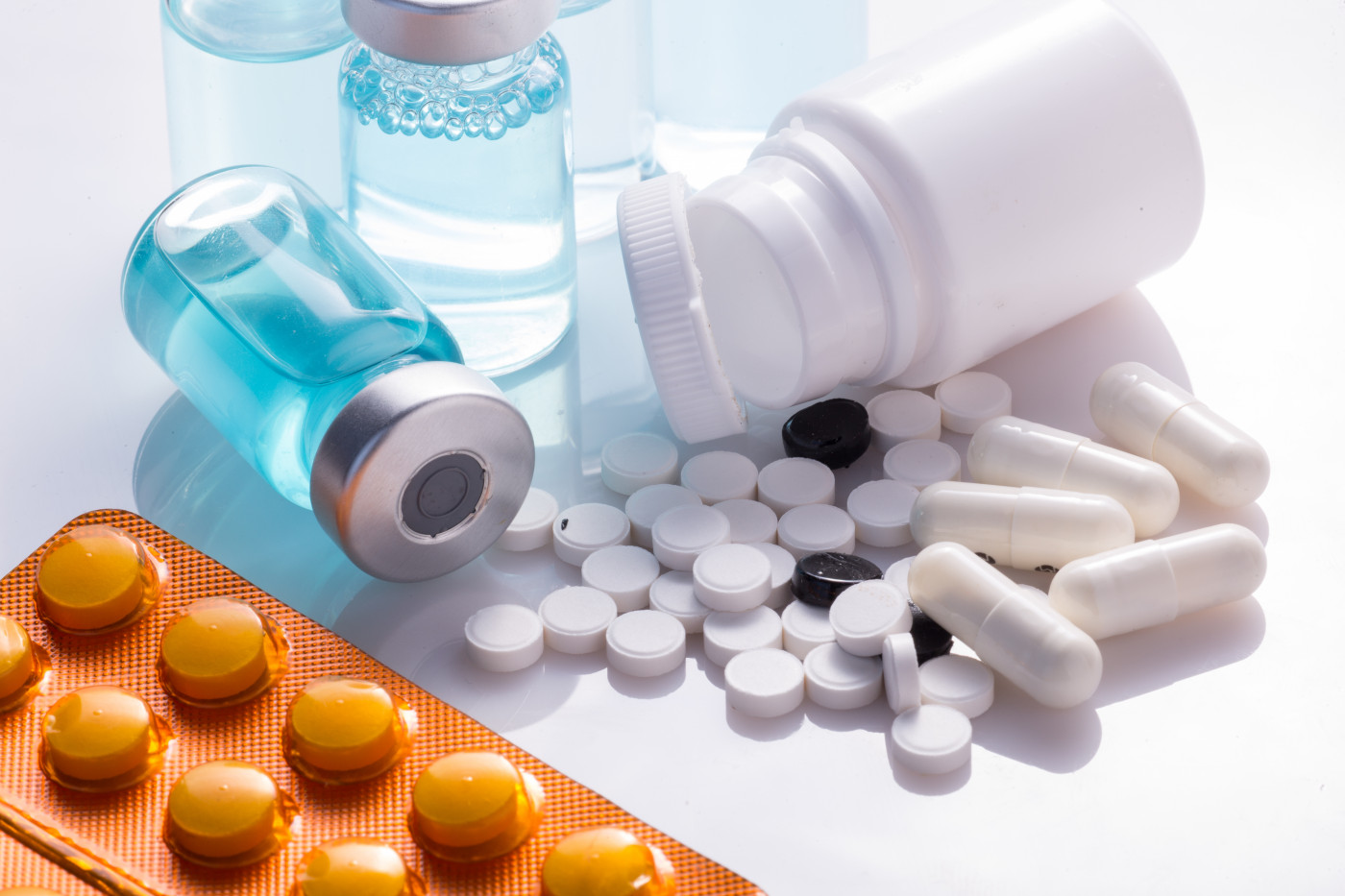Interferons Superior to Glatiramer Acetate, and Tysabri More Effective than Gilenya for RRMS, Real-world Study Finds
Written by |

Interferon therapy (brand names Avonex, Betaseron, and others) is more effective than glatiramer acetate (sold as Copaxone, Glatopa and other generics) for reducing relapses and disease activity, and delaying disability worsening, in patients with relapsing-remitting multiple sclerosis (RRMS), a large real-world study found.
The study also showed that, in clinical practice, second-line treatment with Tysabri (natalizumab) is more effective than Gilenya (fingolimod).
The study, “The effectiveness of interferon beta versus glatiramer acetate and natalizumab versus fingolimod in a Polish real-world population,” was published recently in the journal PLOS ONE.
Real-world studies looking at the effectiveness and safety of treatments on daily clinical practice provide important, long-term insights into how MS therapies perform under real-life conditions. That is why real-world data is an important complement to clinical trial studies, in which conditions and patient populations are very controlled and restricted.
In Poland, treatments for RRMS are reimbursed and strictly regulated by the Polish National Health Service. First-line disease-modifying therapies (DMTs) covered include injectable interferon beta (IFN-beta), Plegridy (pegylated interferon beta), or glatiramer acetate, and oral treatment with Tecfidera (dimethyl fumarate) or Aubagio (teriflunomide).
Discuss the latest research in the MS News Today forums!
For patients who do not respond to these therapies, second-line options are Tysabri and Gilenya.
Because access to MS treatment programs in Poland is more stringent compared to other European countries, the effectiveness of DMTs in real-life practice could differ compared to other countries. For instance, due to the restrictive criteria for escalating to second-line therapy, only a small number of patients have been treated with Tysabri or Gilenya.
To study MS therapies’ effectiveness under real-life conditions in Poland, a team of researchers conducted a nationwide study including 10,764 RRMS patients undergoing first-line treatment, and 1,042 patients on second-line programs.
They compared the effectiveness of interferon beta (77.6% patients) versus glatiramer acetate (22.4%), and of Tysabri (34.4%) versus Gilenya (65.6%), in terms of the frequency of relapses, disability progression, and active brain lesions on magnetic resonance imaging (MRI). Data was collected from 2014 to 2018.
Results revealed that treatment with interferon beta was more effective than with glatiramer acetate at extending the time to relapse, delaying disability progression, and reducing brain MRI activity.
Among patients treated with interferon-beta, the proportion of relapse-free patients at two years was estimated at 85%, compared with 78% for those on glatiramer acetate. At four years, 80% of those treated with interferon-beta and 76.4% of those treated with glatiramer acetate did not experience disability worsening, as measured by the Expanded Disability Status Scale (EDSS).
Likewise, over that time, the proportion of patients with new active lesions (gadolinium-positive) also was lower in patients treated with interferon beta — 19.1% versus 28.9% in the glatiramer acetate group after four years.
In agreement, patients on interferon were more likely to have no evidence of disease activity (NEDA-3), defined as no relapses, no brain MRI activity, and no disability worsening — 66.3% vs. 55.2% in the glatiramer acetate group at two years, and 44.3% vs. 33.2%, respectively, at four years of treatment.
The study also indicated that Tysabri was superior to Gilenya. More patients were relapse-free under Tysabri (80.8%) than Gilenya (76.5%), and a greater proportion of those on Tysabri (83.1%) had no disability progression after two years of treatment, compared with Gilenya (79.6%).
Moreover, Tysabri reduced brain MRI activity more effectively, with new brain lesions appearing in 7.2% of patients, compared to 22.7% in those treated with Gilenya, through the four years of treatment.
Consistent with this, more patients under Tysabri reached no disease activity (NEDA-3) — 66.2% versus 52.1% with Gilenya after two years of treatment, and 42.1% versus 29.5% with Gilenya after four years.
Overall, the data shows that in a Polish population of RRMS patients, interferon and Tysabri were the first- and second-line treatments that “more effectively reduced disease activity,” compared to glatiramer acetate and Gilenya.
Because Tysabri and Gilenya reduced clinical and radiological disease activity compared to first-line injectables, researchers called on Polish authorities to increase access to second-line therapies as they can be more effective.
Results from the study also add that age is a risk factor for disability progression in MS, and that the most important predictor of disease activity is the patients’ disability level (EDSS), which relates to how often they have relapses and how likely they are to fail reaching NEDA-3.





